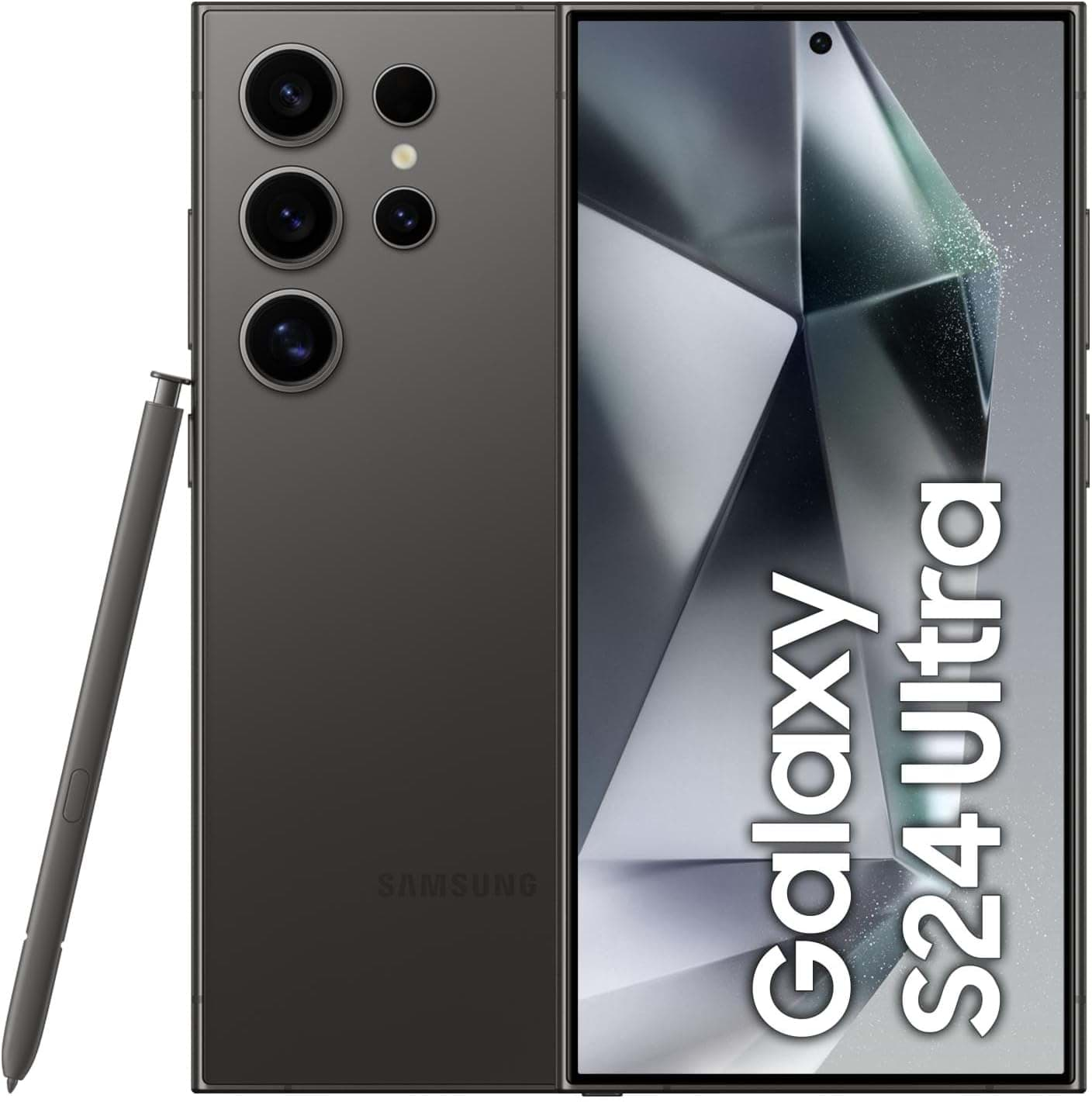The Galaxy Unfurled: A Deep Dive into Samsung’s Smartphone Legacy
Samsung’s Galaxy line isn’t just a series of smartphones; it’s a testament to the relentless pursuit of innovation, a chronicle of technological leaps, and a reflection of the evolving relationship between humans and their mobile devices. From its humble beginnings to its current status as a global powerhouse, the Galaxy name has become synonymous with Android excellence, pushing boundaries and shaping the very landscape of the smartphone industry.
Samsung’s initial forays into the mobile market were diverse, experimenting with various operating systems and form factors. However, the pivotal moment arrived with the adoption of Android. The launch of the original Samsung Galaxy in 2009, while not immediately groundbreaking, laid the foundation for what was to come. This early device, with its modest specifications, signaled Samsung’s commitment to the burgeoning Android ecosystem.

The Galaxy S series, launched in 2010 with the Galaxy S, marked a significant turning point. This device showcased Samsung’s burgeoning hardware prowess, featuring a vibrant Super AMOLED display and a powerful processor. Subsequent iterations, the Galaxy S2, S3, and S4, continued to refine the formula, introducing features like improved cameras, larger displays, and innovative software enhancements.
The Galaxy S2: A Global Phenomenon
The Galaxy S3: Designed for Humans

The Galaxy S4: Life Companion
The S series became the flagship, a symbol of Samsung’s technological ambition. Each new iteration brought improvements in display technology, processing power, camera capabilities, and software features, pushing the boundaries of what was possible in a smartphone.

In 2011, Samsung introduced the Galaxy Note, a device that boldly challenged conventional smartphone sizes. Initially met with skepticism, the Note’s large display and S Pen stylus proved surprisingly popular, creating a new category of “phablets” and catering to users who desired a larger screen for productivity and entertainment.
The S Pen: A Digital Canvas
Multitasking Mastery
The Note’s Legacy
The Note series exemplified Samsung’s willingness to take risks and experiment with new form factors, ultimately shaping the direction of the smartphone market.
Samsung’s commitment to innovation reached new heights with the introduction of its foldable smartphones, the Galaxy Fold and the Galaxy Z Flip. These devices represented a bold leap forward, showcasing Samsung’s technological prowess and its ambition to redefine the smartphone experience.
The Galaxy Fold: A Tablet in Your Pocket
The Galaxy Z Flip: Pocketable Elegance
The Future of Form Factors
The foldable series showcases Samsung’s ability to innovate, even when facing significant technical hurdles.
Samsung has consistently pushed the boundaries of smartphone photography, introducing cutting-edge camera technologies and features. From high-resolution sensors to advanced image processing algorithms, Galaxy devices have become synonymous with exceptional camera performance.
Night Mode: Illuminating the Darkness
Space Zoom: Bringing Distant Objects Closer
AI-Powered Imaging
The evolution of the Galaxy camera is a testament to Samsung’s investment in imaging technology.
Samsung has strategically built a comprehensive ecosystem of devices and services, seamlessly integrating its smartphones with other products like smartwatches, tablets, and earbuds. This ecosystem approach enhances the user experience, providing a cohesive and interconnected digital lifestyle.
Galaxy Watch: A Smart Companion
Galaxy Buds: Immersive Audio
Samsung DeX: Desktop Power on the Go
SmartThings: Connected Home
The ecosystem strategy strengthens Samsung’s position in the market, creating a compelling value proposition for users.
Samsung’s One UI, built on Android, provides a clean, intuitive, and customizable user interface. With each iteration, One UI has become more refined, offering enhanced features and improved performance.
Customization and Personalization
Enhanced Productivity
Security and Privacy
One UI reflects Samsung’s commitment to providing a user-friendly and feature-rich software experience.
Samsung faces intense competition in the smartphone market, with rivals like Apple and Google constantly innovating. To maintain its leadership position, Samsung must continue to push boundaries, anticipate future trends, and address evolving consumer needs.
The Rise of AI and Machine Learning
Sustainability and Environmental Responsibility
The Metaverse and Beyond
The future of the Galaxy line will depend on Samsung’s ability to adapt to these challenges and opportunities.
Samsung’s Galaxy line has left an indelible mark on the smartphone industry, shaping the way we communicate, work, and play. From its early days to its current status as a global leader, Samsung has consistently pushed the boundaries of innovation, delivering devices that are both powerful and user-friendly. The Galaxy legacy is a testament to Samsung’s commitment to excellence, and its relentless pursuit of the next big thing. As technology continues to evolve, Samsung’s Galaxy line is poised to remain at the forefront, shaping the future of mobile computing.

